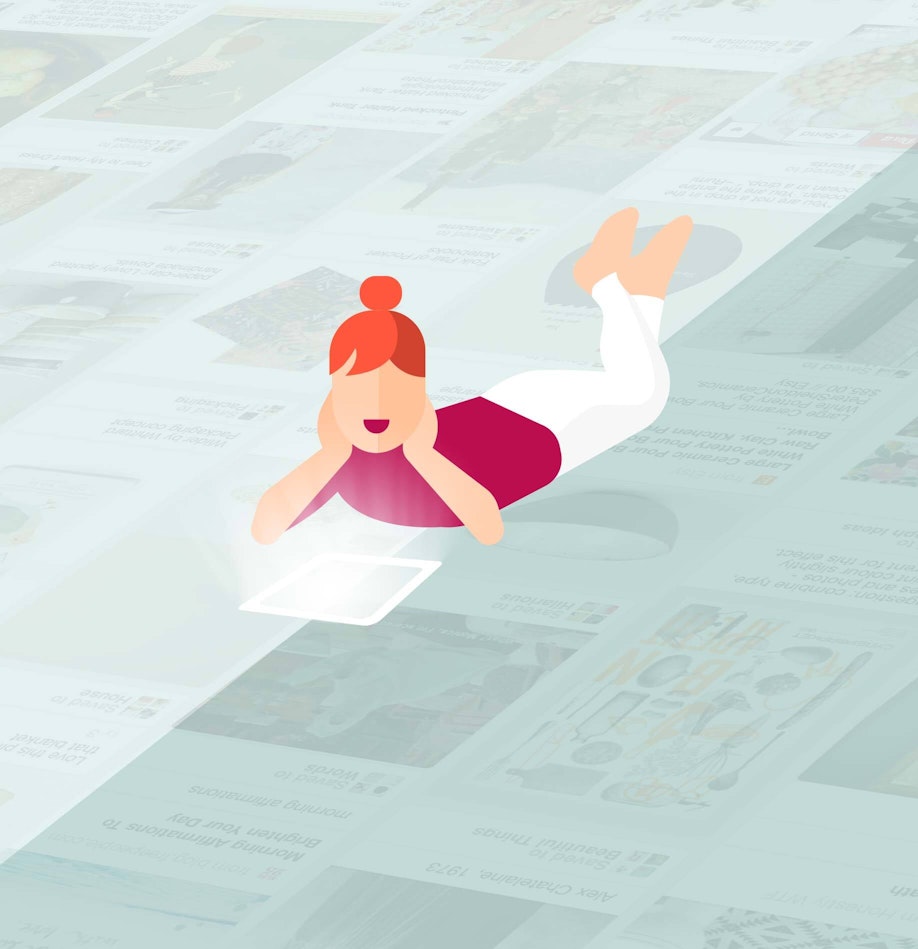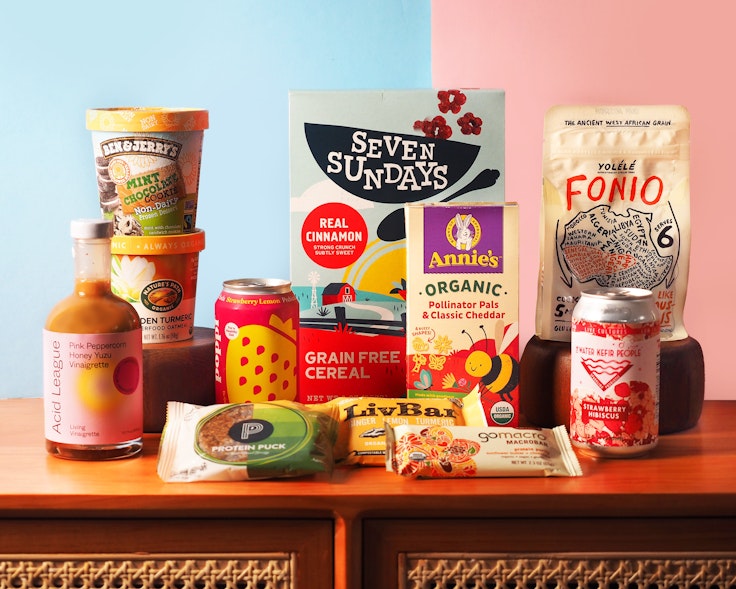Bridging the Gap Between Self-Identity and Consumerism: A Pinterest Love Story
By Sara Behrendt
June 19, 2021
It’s 9:26pm. I’m sitting on my couch, tea in hand. I open my browser and as if without thinking my mouse finds its way to a deeply joyful place. Within a moment I’m instantly transported to a wonderful world of patterns and colors, of amazing smells and ingenious ideas that go on for miles into the ether. A dress. A home. A quote.
Perhaps you know this place too. Yes, we’ve entered the world of Pinterest.
Pinterest reflects our self-identity
I’ve been a little obsessed with Pinterest for a while now and I don’t think I’m the only one. Pinterest is my happy place. It’s inspirational, aspirational and practical all at the same time. With every board and every pin, we share a different facet of ourselves. It is the only form of social media that allows us to share deeply about ourselves without the fear of oversharing — because we are rarely the original content creators.
It is an incredibly simple concept that draws on our desire to collect, to save and to treasure these little gems we find. Ariel the mermaid would have loved Pinterest.
I see Pinterest as an act of self discovery and self understanding. Ooh! A kale salad — we are healthy. Yum! A chocolate croissant — but we indulge sometimes. Wow! Fjords in Norway — we are explorers. Dawww! A cat — and yeah, we also like cats. We are the athlete and health addict who is also a mom. We are the crafter and maker with a love of Hello Kitty.
We are not a single persona but 2,854 pins worth of subtlety that remind us of who we are and who we want to be.
We are individuals. With each pin and repin, we collect a piece of our current selves, our aspirational selves, or our imagined selves. Whether fantasy or reality, each reflects something we identify with — either a grounded reality of who we are or an inspired aspiration of who we might become.
“It feels good to know what we like, because that’s how we know who we are.”
The delightful consumerism of Pinterest
The funny thing about Pinterest though is that everything is advertising in one way or another. We know that behind every pin we will eventually reach a commercial source. Even if the pin isn’t a specific product, it will direct us to a shop or a blog. And that company or person always has something to gain: money, followers, recognition.
We enter into this relationship with Pinterest with the full knowledge of this inherent consumerism. Yet, it still feels so wonderful! We don’t feel as though we’re being sold anything at all. It feels like a fantastic service is being provided to us, handing us joyful images and ideas that correspond with our personal interests.
Pinterest has managed to bridge the gap between consumerism and self-identity in a way that’s simply delightful.
So, what does this mean?
Well, it could mean a lot of things depending on your perspective. I’m sure to some, the idea that products and brands emerge throughout someone’s passionate exploration on Pinterest makes the platform feel inauthentic. I don’t personally feel that way. As counterintuitive as it may sound, I truly believe brands can make us feel a part of something larger. I believe they can make us feel as though we’ve found our tribe and we belong.
How brands can use Pinterest to tell a deeper brand story
I think it’s important to broaden the common definition of the word “brand”. Yes, Coke and Nike are brands, but NPR, Star Wars, and your favorite artists and bloggers are brands too.
Author Simon Sinek said, “People don’t buy what you do; they buy why you do it.” People don’t buy products, they buy the story behind the product. When people buy Nike shoes, they’re also buying the Nike story. They’re buying the story that they are an athlete, that if they put on Nike shoes they’ll go faster and run farther, that they’ll “just do it”.
If your product is convincingly tied to your brand story, the branding itself can persuade people that buying the product is a means to buying into the story.
So, where does this leave brands and our new best friend, Pinterest?
Complete your brand story
Pinterest offers brands a unique opportunity to tell a more complete and authentic brand story. My advice to brands: Diversify your boards. Don’t just pin your products, pin the world your products live in. Pin the food, house, thoughts and dreams of the people that love your product. By doing this you’re helping people to understand your story, and showing them the why behind what you do.
Find your advocates
By telling a better brand story you’ll attract more brand advocates — those power users who love your products and relate to the story behind them. For these people, something in your story is reflected in their story. These are the people that consistently buy your product and consume your content. They tell their friends about you. They actually want your emails. Find these people and engage them.
Make amazing things together
If you can create a brand that fits into someone’s personal story, you’ll wind up telling the story together. And when brand and consumer are equally passionate about the story they’re telling, the possibilities become limitless. This is where truly amazing content is created.
Want to check out some stellar brands on Pinterest? Try Chobani, Anthropologie, GE and Random House.



